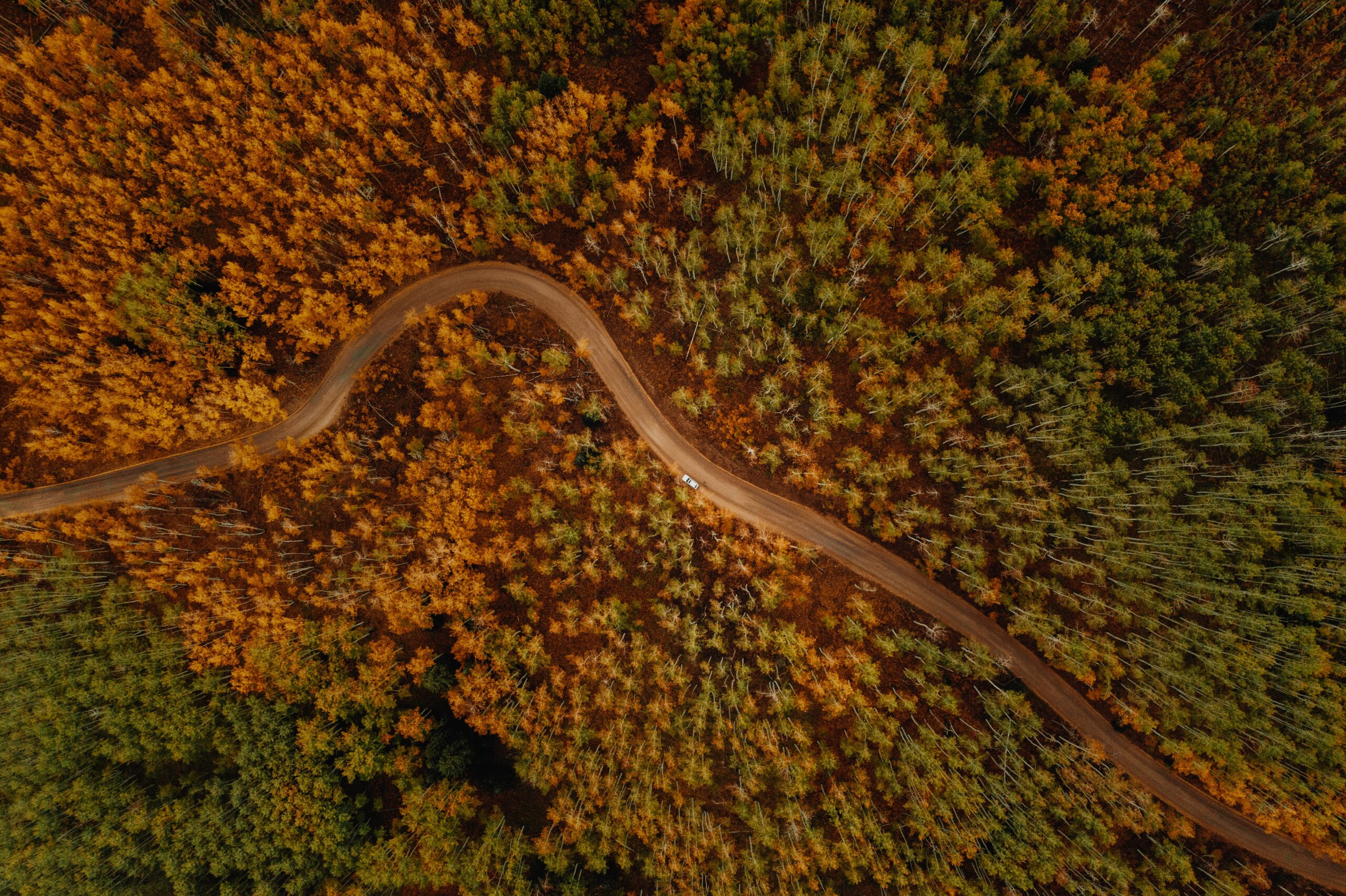
As the cleantech landscape continues to evolve, so does our understanding of it. To better capture this evolution, we’ve decided to divide the Resources & Environment industry group, established in 2018, into two distinct categories within our taxonomy:
- Resources & Environmental Management
- Waste & Recycling
This division allows for more precise analysis and insight into cleantech. Here are five key observations from our new analysis that shed light on the industry’s evolution over the past five years that offer insights into its future trajectory:
1. Corporate action on climate change has created new markets in environmental monitoring, including voluntary carbon offset market tools, climate risk analytics, environmental monitoring solutions and services for businesses, such as emissions monitoring and lifecycle analysis of products.
These all branch from investor, public, and regulatory drivers for large corporations to get on top of climate change. From corporate commitments to reduce emissions to increasing climate risks, companies need to mitigate. If corporations have any future, they need to plan for climate change and innovators such as Persefoni and Jupiter Intelligence, who didn’t exist in 2018, are helping to streamline this process.
We expect consolidation in this market, which is highly saturated, but we also expect continued innovation as innovators diversify to cater their products to specific industries, applications, and different environmental metrics, e.g., biodiversity.
2. The disruptor of 5 years ago is now the incumbent. In 2018, many technologies were replacing manual or paper-based systems, whereas today more and more technologies are now replacing or complimenting technologies.
For example, the incumbent approach to wildfire prevention today is satellite monitoring and cameras. While these enable remote monitoring for early detection, there are high costs and blind spots. Newer AI applications can guide any sensor where to look, reducing costs and blind spots. The pace of technological change is speeding up.
3. Climate risk & resilience continues to see underinvestment. As physical climate risks intensify, we expect a greater focus on prevention and resilience innovations, e.g., Kettle. Although at present, funding and partnerships are few and far between, while customers are mostly cash-strapped public entities and stubborn insurance companies. As such, losses (human, environmental, and economic) will likely get worst before they can get mitigated.
Resources & Environmental Management
The new Resources & Environmental Management industry group (Figure 1) includes innovators who are:
- Improving the sustainable use of natural resources including mining, oceans, water, and forests
- Solutions to monitor environmental impact such as emissions and air pollution with environmental monitoring and climate risk
- Finally, the sector includes remediation activities, including nature-based carbon removal and climate resilience
- SEO Powered Content & PR Distribution. Get Amplified Today.
- PlatoData.Network Vertical Generative Ai. Empower Yourself. Access Here.
- PlatoAiStream. Web3 Intelligence. Knowledge Amplified. Access Here.
- PlatoESG. Carbon, CleanTech, Energy, Environment, Solar, Waste Management. Access Here.
- PlatoHealth. Biotech and Clinical Trials Intelligence. Access Here.
- Source: https://www.cleantech.com/weve-changed-how-we-think-about-resources-and-the-environment/



